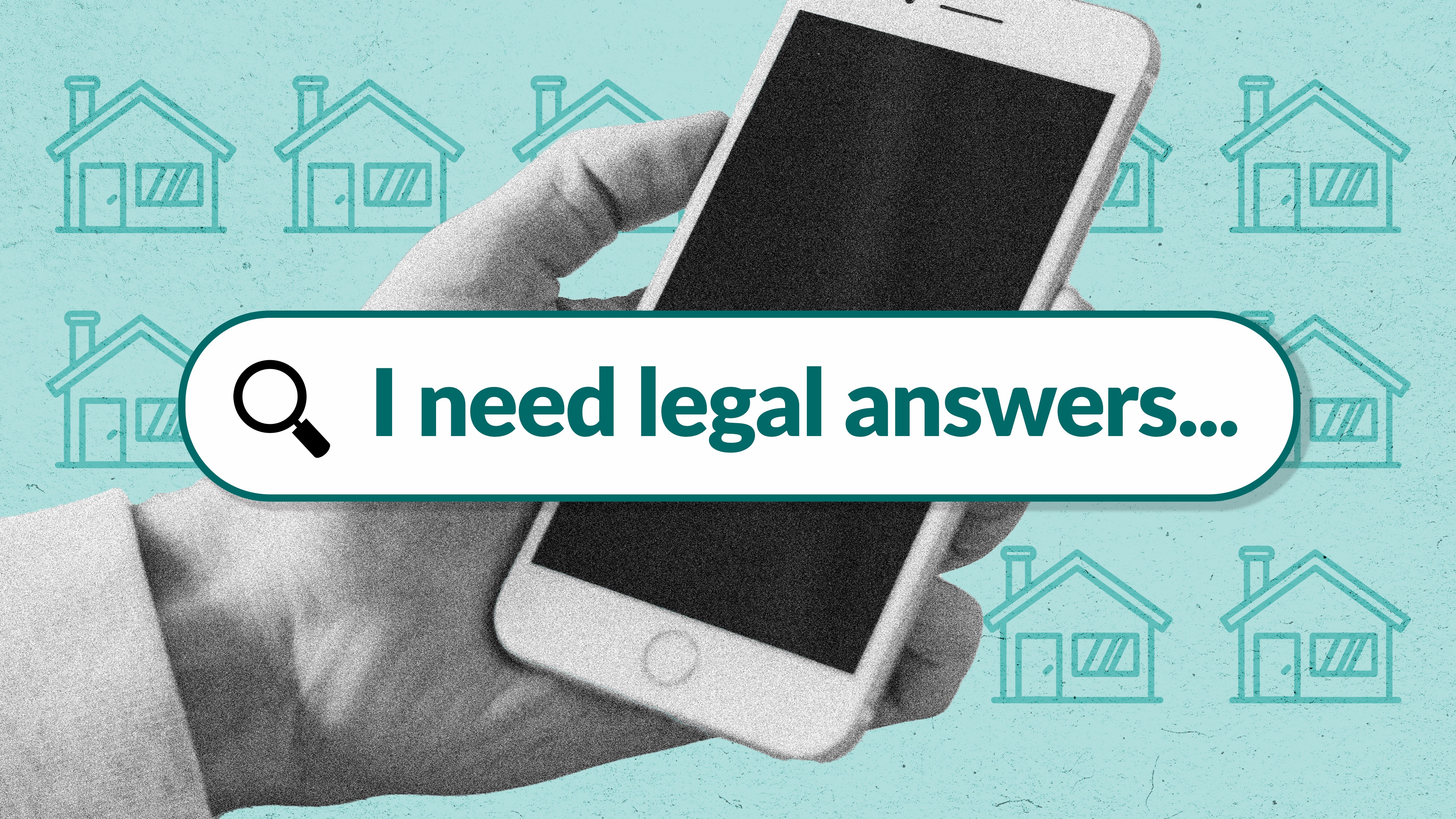Technology Improves Access to Legal Information, But Issues Remain
Online portals provide needed resources and are most effective when designed around user needs

Access to accurate legal information can help civil court users make informed decisions about their cases and improve court efficiency because litigants are more knowledgeable and better prepared. At the same time, those looking for guidance online often find a mixed bag of resources, not all of them user-friendly nor easy to find.
To better understand what works and to enable more people to obtain legal information, The Pew Charitable Trusts partnered with the Legal Services Corporation (LSC)—the largest funder of civil legal aid—to support the development of the Legal Navigator platform, an interactive portal that provides information and helps users develop action plans regarding their legal issue. To improve how such portals help users, Pew also worked with Stanford University’s Legal Design Lab to help make portals easier to find, and with Auburn University's Center for Evaluation to test how well these portals meet the needs of those seeking legal information online.
The Auburn evaluation focused on Legal Navigator websites in Hawaii and Alaska, Minnesota’s LawHelpMN, and Ohio Legal Help. The analysis demonstrated that exemplar portals typically follow four essential principles: They empower users to ask specific questions about their legal problems, refine their questions, learn, and then connect with relevant legal and nonlegal resources.
The evaluations also showed that technology-first projects do not succeed without examining underlying processes and inequities; engaging with stakeholders from legal aid, social services, law libraries, and the courts; and providing support for users however they choose to engage. LawHelpMN and Ohio Legal Help both developed robust content and put a priority on plain language, accessibility, and offering information for users from wherever they access the portal, such as through the portals’ respective homepages or through Google.
The success of both LawHelpMN and Ohio Legal Help shows that this approach works. They both receive many visitors: LawHelpMN averaged 46,355 monthly users in 2021 and Ohio Legal Help drew 51,956. Auburn’s surveys of portal users, interviews with stakeholders, and site reviews showed that these portals worked well because they were easy to understand and accessible to users with disabilities. Further, because the portals engaged with a wide range of stakeholders, they were able to respond to changing circumstances, such as the COVID-19 pandemic, and provide timely and relevant resources.
The Legal Navigator project launched in 2022, years after its intended date because of technology-related delays, contracting changes, and other challenges. Now, the sites in each state are operational and portal owners are working with LSC to further refine their websites and share with the field what they've learned about emphasizing user-centered design that incorporates stakeholder feedback. LSC also has supported the development of several legal assistance portals through its Technology Initiative Grants program.
Although evaluation findings were positive overall, the Auburn review noted the need for more built-in evaluation capabilities, such as better tracking of users as they move through the site. Speakers at the June litigant portals summit sponsored by the international nonprofit OASIS highlighted the importance of impact tracking. OASIS works on standardization and its litigant portal technology committee develops technical standards. Staff members from Pew, LSC, and other experts, as well as several portal owners attended the online event to share lessons learned from portal development and maintenance and to identify priorities for these sites moving forward.
One portal is already tracking impact: Ohio Legal Help’s new User Hub, which allows users to create a login and complete forms. To test whether the site is providing the right materials, Ohio Legal Help sent a text message follow-up to those who used their form specific to the Centers for Disease Control and Prevention eviction moratorium. Of the 45 users who took the survey, 58% reported that they were successful in either preventing or delaying eviction.
Portals help people better understand their legal problems, but they can only go so far in addressing underlying power imbalances between those who have attorneys and those who do not. Both the Auburn evaluation and the OASIS summit highlighted the difficulties caused by lack of uniform court processes and forms, as well as challenges related to court integration, such as those related to e-filing. Courts and their support systems must be redesigned to better serve unrepresented court users with litigant empowerment at the center of the changes.
“We know that portals are never going to be able to meet everyone’s legal needs,” said Glenn Rawdon, senior program counsel for technology with LSC. “But by providing visitors with information and resources, portals are empowering them to seek resolutions that work for them if they can’t find or afford an attorney.”
Still, accessible legal information, even when done well, represents only part of the solution. To make the best of new technologies, policymakers must challenge assumptions about how court users interact with these systems and systematically address the sticking points in court processes. Pew’s technology-related work around search engine optimization and research on court technology during the pandemic used such an approach.
Portals continue to hold promise for users and courts. These evaluations show that when portals are built for user needs, they can successfully provide needed legal information and empower people to resolve their legal problems. As LSC applies the evaluation findings and lessons learned, it continues to support new projects, expand the reach of existing portals, and facilitate knowledge sharing.
Casey Chiappetta works on The Pew Charitable Trusts’ civil legal system modernization project.












